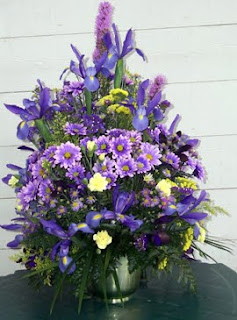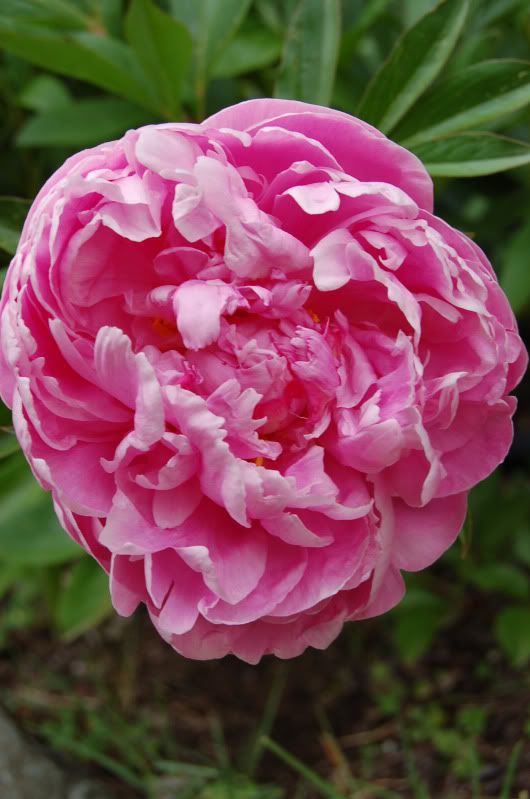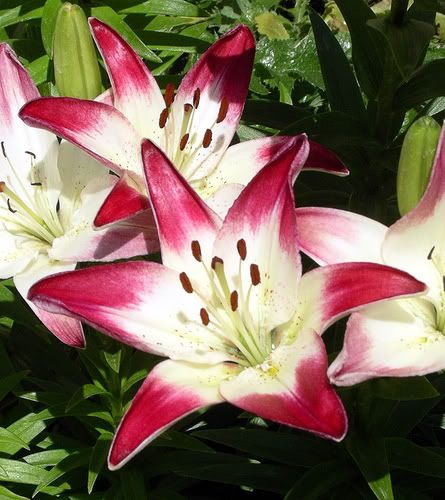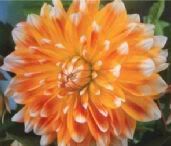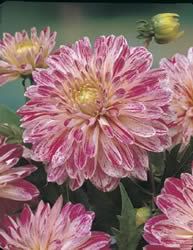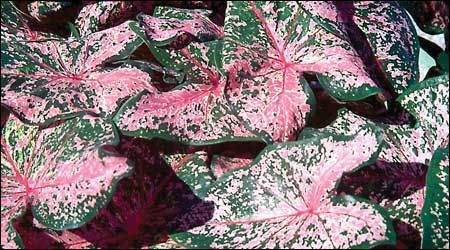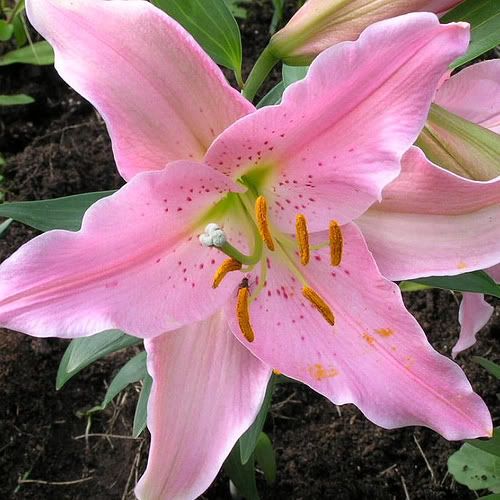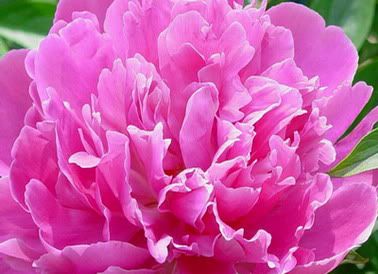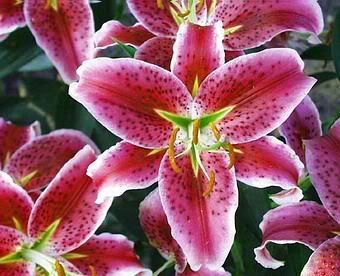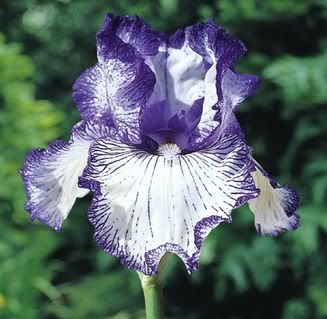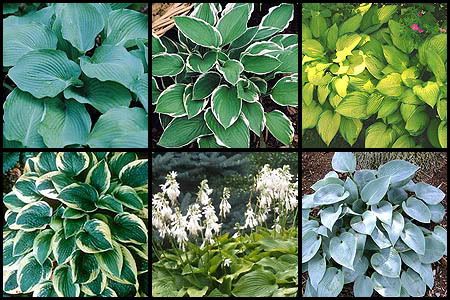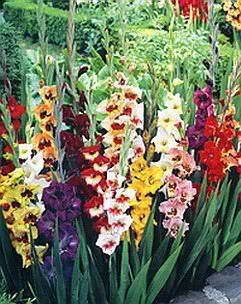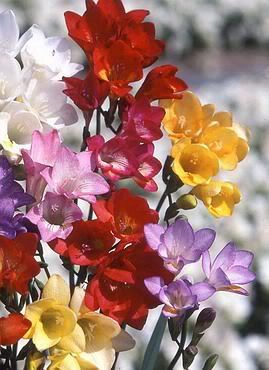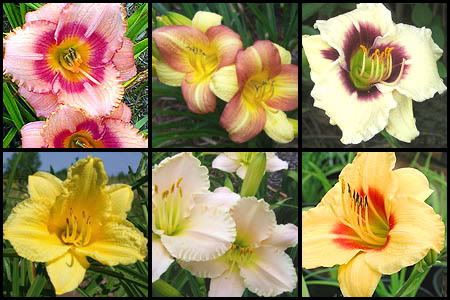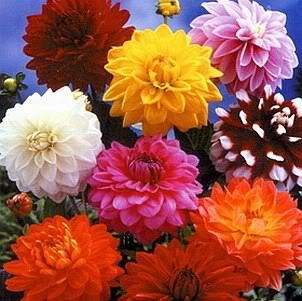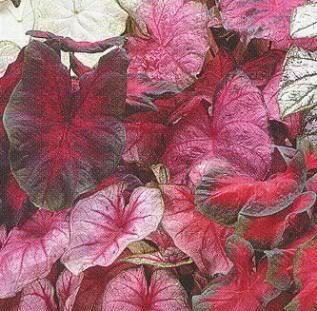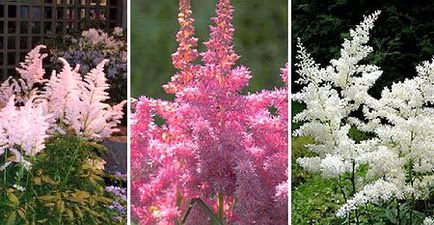WELL anyways! I wish I had my junior year floriculture binder with me right now, so we're going to have to look up some design principles.
Principles of Basic Floral Design
By: Ellen SkilesDo you have a good sense of color, balance and design? If so, you may enjoy arranging flowers into pleasing, eye catching arrangements. All you need are a few basics, some practice and lots of experimentation.
After learning the principles and elements of flower arranging you can experiment to see just how and when the rules of thumb can be bent or broken to allow for a free flowing of creativity and personal style.
1. Unity occurs when all the elements of your design harmonize in a well balanced and well proportioned arrangement.
2. Harmony is achieved when all the elements, flowers, foliage and container harmonize and compliment one another.
3. Proportion is essential in achieving a balance between the flowers, the container and the surroundings in which you place your arrangement. Two rules of thumb apply here, first, the height of the arrangement should be at least one and a half times taller than the height or width (whichever is greater) of your container. And secondly, the height of the arrangement should be no more than two and half times taller than the container.
4. Radiation is the illusion that all the flower stems are radiating from one point in the arrangement. It is important not to crisscross stems and thus create mass confusion. Begin each design by placing the central stem first and continue to move outward in all directions.
5. Repetition helps unify the arrangement, however be cautious not to overuse repetition, and thus create an uninteresting arrangement.
6. Depth is achieved by determining the height and width of the arrangement first, then filling in, making sure to extend flowers over the edge of the container to create a three dimensional appearance.
7. Balance is one of the most, if not the most important principle of floral design. Arrangements must be physically balanced so that they don’t tip over. They must also be visually balanced to be pleasing to the eye. Symmetrical designs are balanced the same on either side of the center. Designs are asymmetrical when one side is short and heavy while the other side is long and graceful. Colors need to be in balance as well, as dark flowers appear heavier than light colored ones.
8. Rhythm is the visual line over which the eye moves. This can be created by using dark to light colors, using heavy textures with softer ones, or simply by spacing flowers at regular intervals from the bottom to the top of the arrangement.
9. Focal point is the place that draws your eye by using the largest, darkest and most flowers, usually in a central location in the arrangement. Round arrangements do not have a focal point while contemporary arrangements may have more than one.
10. Transition is created by using filler flowers to transition from the large flowers to the smaller ones. Color transition is important as well to keep the feeling of unity in the arrangement. A medium colored flower can be used to transition between light colored flowers to darker ones.
About the Author
Author Ellen Skiles was twelve years experience in the floral industry including three years in a greenhouse, four years designing in a shop, and seven years as head designer and manager of a second flower shop. She provides content for www.arrangefreshflowers.com.
(ArticlesBase SC #680333)
Article Source: http://www.articlesbase.com/ - Principles of Basic Floral DesignRead more: http://www.articlesbase.com/home-and-family-articles/principles-of-basic-floral-design-680333.html#ixzz0nWpEMubC
Under Creative Commons License: Attribution
Since I already knew them but was feeling lazy, I decided to post this article by Ellen Skiles and let you do the hard work.
Now I'll add some tips to cover the basic elements.
Materials
Container
Floral Foam [Most common brand being Oasis]
Waterproof tape [Preferrably green]
Anchor Pin [in some cases]
SureStik [or Floral Clay]
Cut Flowers
- Greens - Use these to cover mechanics and establish basic design form. Any sort of foliage can work.
- Line flower - These flowers are used to make the viewers eye travel throughout the arrangement and to establish height. Thinks like snapdragon or delphinium, typically taller cut flowers with blooms along the top of the stem.
- Mass Flowers - Help fill in spaces and cover mechanics. Larger flowers on the terminal ends of stems.
- Accent or Focal Flowers - Unique in shape and color to attract the viewer's attention. Sometimes, Accent flowers can be as simple as roses, which are typically a mass flowers, and something less attractive but still large can be for mass. But there should be a noticable and attractive difference between the two. For instance, alstromeria as a mass and roses as the accent. Higher end would be roses as the mass and something like orchids or calla lilies as the accent.
- Filler Flowers - Used in an arrangement to help hide mechanics and fill 'holes' within the composition. Typically a spray of small blossoms [such as baby's breath] or a fern shape [like genestra, aka Scottish Broom. Heather is another option, and so on.]
Tips
Always start with the greens of the arrangement. This is what you will use initially to esablish the form and height as well as to hide the floral foam. In a round mound, you need to green evenly and in a circular manner. It helps to take a few steps back and look at the arrangement from all sides to ensure that you are greening evenly, and also to look at the arrangement from above. It should, of course, look like a circle. Some beginners can draw a star in chalk under the arrangement, which helps establish the shape. Also, when establishing height, the general rule is it should be one-and-a-half times higher than the container. Make sure to angle the lower greens to help cover the container.
Flowers depends on the type of arrangment, but in general the mass flowers will go in next. If it is not a round mound and you are using a line flower, you can put in your line flowers first.
Always design with flowers in odd numbers. This helps avoid 'making faces' with your arrangments. [Two flowers forming eyes or antenna.]
After your line and/or mass have been established throughout the arrangement, you can put in your focal flowers. These can be put in a clump, or if it is a roung mound, one for each 'side' [think in threes, three 'sides' to a circle]. This is because round mounds are intended to be viewed from all sides, whereas something such as a triangle arrangement may only be viewed from the front, with greens and filler to cover the foam in back.
Filler should always be the last addition, as it helps to cover and last holes in your arrangement. See some foam? Throw in some filler.
Be careful - don't use too much filler OR greens. You can overfill your arrangement and run out of room in the foam.
Also beware of pancaking an arrangement. Flowers do best when they're given their own space within a composition, so try to avoid having them too close to each other. In general, they should not appear to be touching.
Visual Guides
Yay for Round Mounds! This is the most simple arrangement, and the one I suggest you start with. See how all of those flowers are nicely spaced out?
Ovals have the same principles as a round mound in that you want to view it from all sides, however it will be taller and usual. Be careful to keep the arrangement physically and visually balanced when you try this one.
Triangles can be equilateral such as this one, or a right triangle. Just as long as it's a triangle... This example is kind of shabby.
This one was called a right triangle, but there should be a straight line from point to point, which this is lacking. would call it an L, which is fine. It should also, I think, have three lilies at the bottom versus one.
Inverted T arrangements should not be confused with an equilateral triangle, since as you can see they are missing some flowers! the gap in-between points is essential for this arrangement, and it is called 'Negative Space.' Notice how the more vivid colors are towards the bottom, which helps keep the arrangement visually balanced.
This is a long and low arrangement, most commonly used on tables for holidays because you can see over them so it doesn't influence dinner conversation. "Oh, I'm sorry I didn't talk to you, that rose was impeding my view."
No thank you, no fun at all - hence the long and low.
I hope you were looking carefully at all these pictures to identify the different kinds of flowers as well as containers! Good luck designing!


